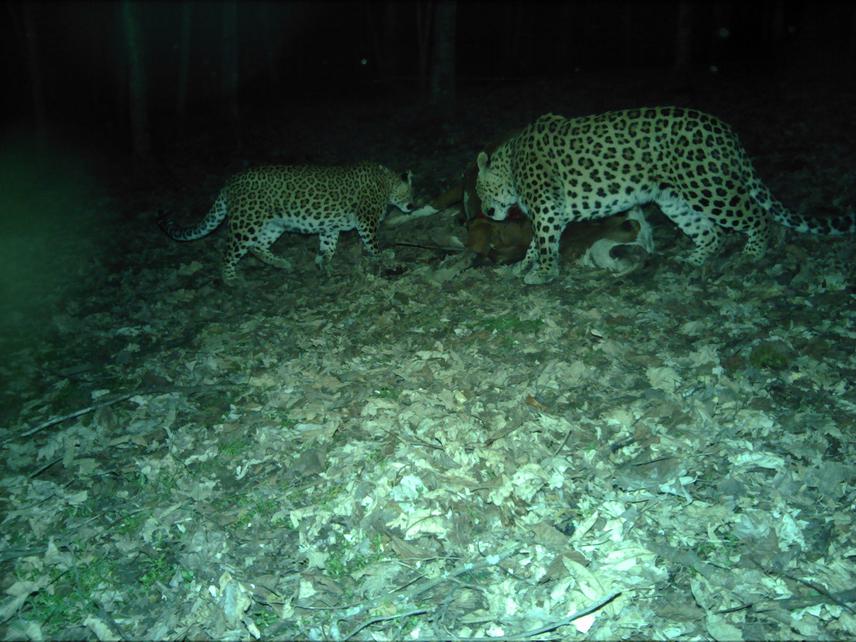Peyman Moghadas
Our project final goal is to establish a conservation plan with local rangers and hunters. First, we intend to establish a network of local hunters and rangers to develop the project jointly. We try to enhance the conservation capacity of rangers through training and motivational plans while we increase local hunters’ awareness for better collaboration with rangers. The network will be engaged in conducting baseline surveys using systematic camera trapping to explore presence and occupancy of target mammalian species. We implement the participatory monitoring twice to deal with seasonal detectability of different species.
We also investigate the extant of interaction between people and large carnivores. We approach nomadic herders and resident communities to quantify the level of conflict and to explore their attitudes toward large carnivores. These data will enable us to find proper solutions to tackle possible problems. We finally facilitate developing a conservation action plan which will be presented to local decision-makers and authorities.

Expanding from Iran into the Lesser Caucasus, the Caspian forests in northern Iran are home to high diversity of fauna, particularly some of the rarest large mammals such as Persian leopard, Syrian brown bear, roe deer, and Caspian red deer. The Caspian forests are the stepping stone between Iran’s main leopard and brown bear population nuclei and the Caucasus’. Ungulates, especially deer species are under rampant poaching pressure, leaving small numbers within a few forest areas. Unfortunately, the majority of these forests suffer from lack of proper conservation action.
We address this problem within Dohezar-Sehezar area as the connecting refugia between Iran and the Caucasus. The heavy human-caused pressure leaves no doubt that an emergency action is needed to establish conservation in the area. We engage two groups, hunters and rangers, through provision of training, equipment, and social support. We enhance rangers’ capabilities and motivation for law-enforcement, while we closely work with hunters to educate and engage them. They are both involved in conducting a baseline assessment using camera traps and developing a joint conservation plan.